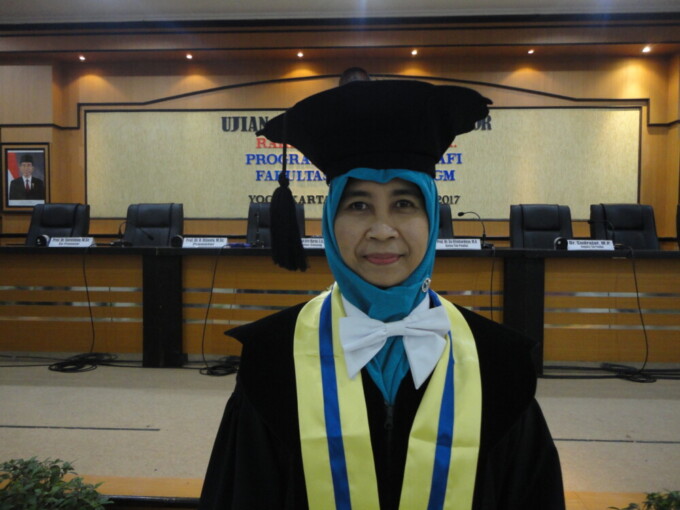
Sandy land in Kulonprogo regency, Yogyakarta, is a marginal land. Even so, farmers have adopted wise agricultural technology to be able to benefit from the land. They grow vegetables and fruits. The success is not apart from their abilities to tackle barriers and challenges in cultivating the sandy land.
Reseach conducted by a doctoral student of Faculty of Geography UGM, Rahma Hayati, in the Gupit IV hamlet, Karangsewu village, Galur sub-district, and Ngentak hamlet, Jangkaran village in Temon, Kulonprogo regency, proved that the farmers have special strategies to cultivate the marginal lands. The farmers of Gupit hamlet adopt the concept of progressive agriculture that makes the sandy land as source of livelihoods, routinely conducting discussion, famer regeneration as well as concept of modern agriculture.
They also agreed that the sandy lands are divided into two areas, one for growing vegetables, the other one for watermelon, melon, and chilli. The farmers also have rigid rules on growing times to prevent pests and diseases. “The rigid growing rules has produced high productivity of the land,” said Rahma in her doctoral promotion in the Merapi auditorium, Faculty of Geography UGM on Tuesday (5/8).
While in Ngentak hamlet, said Rahma, it has special agricultural strategies that consider the sandy land as God’s gift for source of living. They even make the cultivation as a pride that has to sustain. “This is in spite of the fact that the farmers here are limited in terms of technology and funds,” said the Geography lecturer from Universitas Negeri Semarang.
The farmers in Ngentak hamlet continue to sustain sandy land agricultural system in simple manner by growing staple foods such as cassava, sweet potato, peanut, and pumpkin. “These strategies are based on the pride as farmers that sustain the tradition of their ancestors,” she said.


